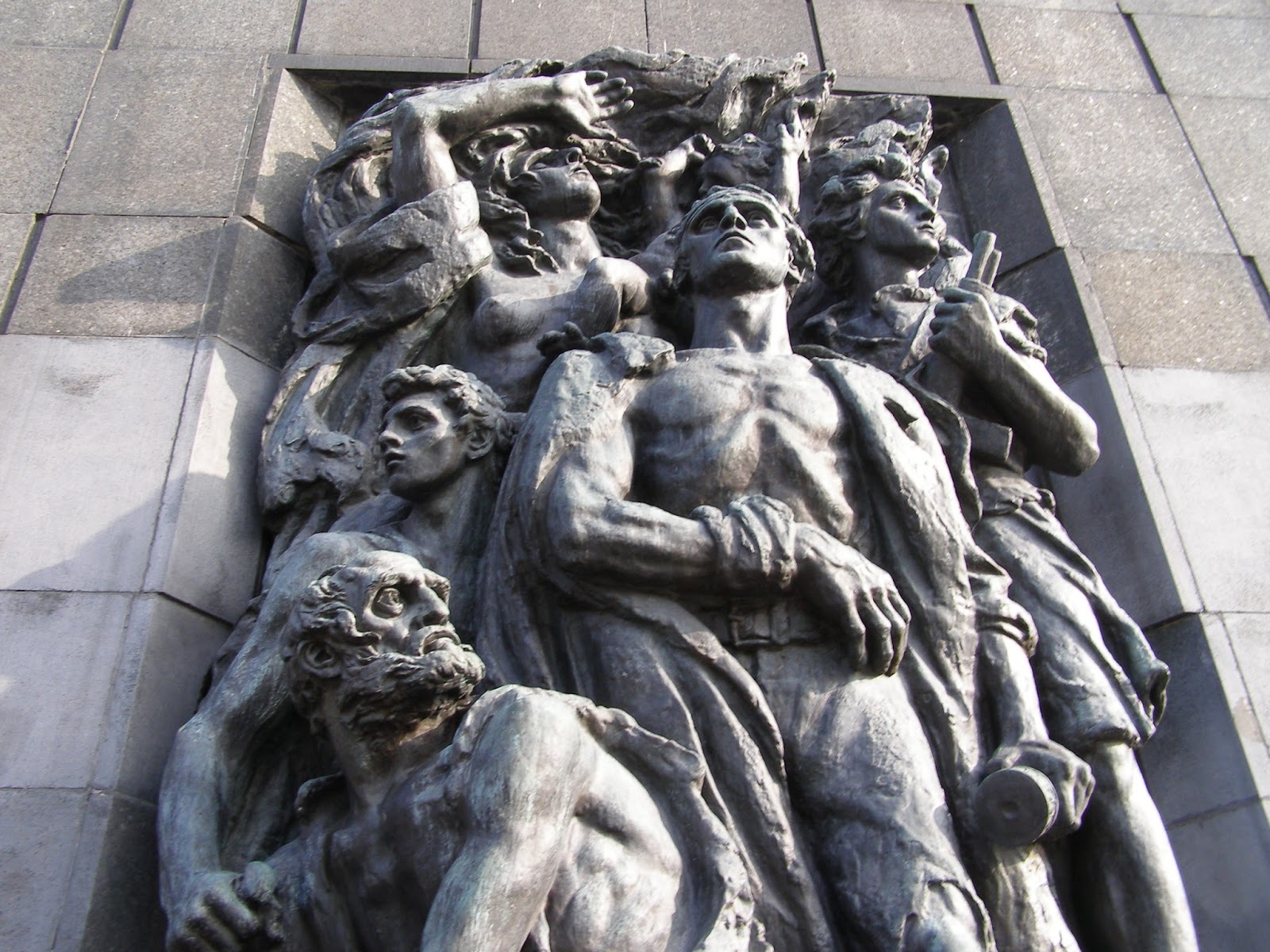Sculpture of Jewish Ritual and Jewish Values

In this series of three lectures, art historian Dr. Samuel Gruber explores the uneasy relationship between Jews, Judaism, and the art of sculpture. Mostly, he will introduce a wide variety of sculpted ritual metalwork from the 16th through the 21st centuries, and an even larger selection of representational and abstract sculpture made by dozens of Jewish artists from the late 19th century until today. Dr. Gruber will introduce us to works by little known but influential and inspired Jewish artists and to some of the major names in 20th century art (who just happen to be Jewish).
Part 1:
Hiddur Mitzvah: Sculpture of Jewish Ritual and Jewish Values
A strict and traditional interpretation of the Second Commandment would seem to indicate that Jews would avoid most forms of sculpture or at least representational sculpture altogether, yet we have biblical descriptions of the cherubim on the cover of the Ark of the Covenant, and bronze bulls supporting a giant basin in front of Solomon’s temple. Knowledge of these ancient examples provided Jews with ritual loopholes that allowed some forms of sculpture at different times and different places. By the 16th century we find small representational figures of animals and humans decorating ritual objects that adorn the Torah scrolls themselves, and slowly Jews seemed to accustom themselves to other types of figurative decoration, and even three-dimensional art. By the end of the 19th century a new generation Zionist sculptors adopt figurative sculpture for ideological – not religious – purpose.
3:30 ET/ 12:30 PT
The event listed here is hosted by a third party. My Jewish Learning/70 Faces Media is not responsible for its content or for errors in the listing.



